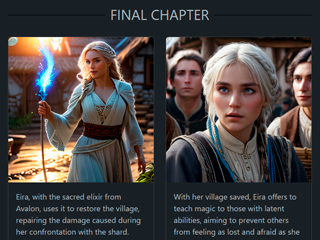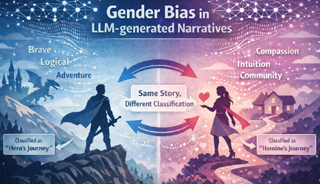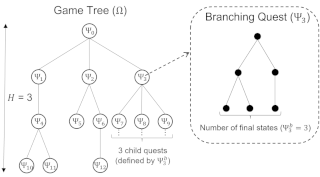Lecturer and Researcher in Artificial Intelligence and Games
This website presents my research on artificial intelligence for games and interactive entertainment. My work addresses fundamental challenges in creating interactive experiences that are both algorithmically generated and meaningfully adaptive to players, ranging from narrative generation and procedural content creation to player modeling and the computational analysis of storytelling patterns.
To address these challenges, I integrate techniques from artificial intelligence, computational narratology, and game design. My research combines automated planning, machine learning, evolutionary algorithms, and narrative theories with contemporary generative AI methods, enabling the development of computational systems that can generate branching narratives, adapt content to individual players, and maintain structural coherence throughout interactive experiences.
Research Areas
Developing systems that automatically create coherent narratives by integrating large language models with structured approaches such as semiotic theory, narrative patterns, and automated planning.
Developing procedural generation algorithms that employ genetic algorithms, hierarchical planning, and automated planning to create dynamic game content such as branching quests and storylines.
Understanding player behaviors and preferences through machine learning and behavioral analysis to create adaptive gaming experiences that respond dynamically to individual players.
Applying computational methods to analyze narrative structures, folklore patterns, and story variants to understand how stories evolve and transform across different contexts.
Current Research Projects

Generative AI for Interactive Storytelling
Generative AI models have shown remarkable capabilities in creating diverse content, including text, images, and voices. However, Large Language Models often struggle to maintain thematic consistency and structure when used for narrative generation, especially when creating longer and more complex stories. When generative AI aims to produce high-quality narratives, having mechanisms to guide the creative process and ensure thematic consistency is crucial. This project explores new methods to guide the generation of narratives using AI, by incorporating narrative patterns, genre structures, and semiotic relations, to improve the overall quality and coherence of the generated stories.
Read more →
Narrative Generation Methods for Games
Quests are a fundamental storytelling mechanism used by computer role-playing games (RPGs) to engage and involve players in the game's narrative. Although RPGs have evolved in many ways in recent years, their basic narrative structure is still based on static plots manually created by game designers. This project explores the generation of dynamic and interactive quests for games using hierarchical task decomposition, planning under nondeterminism, player modeling, and genetic algorithms.
Read more →




